Review : Hyundai Bayon BC3 ( 2019 - present )
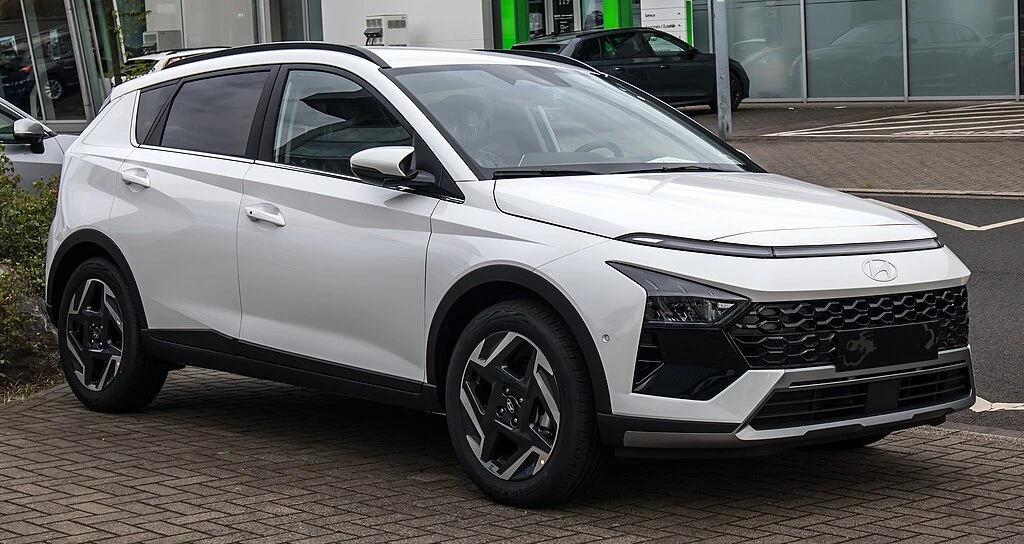
I didn't necessarily understand what the deal was with the Hyundai Bayon, but I'm sure if I drink a schnapps I'll come to my senses and try to understand.
It's one of the few cars where it makes more sense to buy it new than used. Because on the used market the Bayon is fighting the Kona just like the UK fights common sense every single day. But if you look at Bayon and Kona now you will see that there is a difference of 8000 pounds between them, but here we are talking about the facelift models because this literary calamity was written in 2025 and in 3 years when I revisit this article I will say to myself "was really I writing that badly??".
But I'm going to compare the pre-facelift Bayon with the first Kona, to make it as fair as possible. Both are 4180 mm long, the Bayon is 1775 mm wide and the Kona is 1801 mm wide, the Bayon is 1490 mm tall and the Kona is 1570 mm tall. Basically, when they were around you paid a few thousand euros more just for a few extra centimeters, although if I think about it, most men would pay a few thousand more for a few extra centimeters. Good thing the Bayon is mainly a girls' car, although some of them would pay thousands of euros more for a few extra centimeters. What was I saying?
In terms of size they are very similar, you basically pay a few thousand for the Kona....in terms of dimensions they are very similar, and in terms of engines it's the same if you want a compact cross-over for the city. I mean they both have a 1.0 turbo petrol with 100 horsepower. The Bayon also has a 1.2 naturally aspirated with 84 horsepower and any kind of power honestly, and the Kona also has a 1.6 turbo petrol with 177 horsepower that no one bought because it was too expensive, and a 1.6 diesel with 116 and 136 horsepower for long distances. But whoever looks at the Bayon is looking at a city car, so we still stay with the 1.0 turbo petrol engine.
When is it worth buying a Bayon over a Kona?
- When you buy them new. On the used market it costs about the same and the Kona is technically the bigger model and you'd rather buy a Kona, but if you want to buy yourself a new one, then clearly the Bayon is for you. Because at the time I wrote this, the Hyundai Bayon starts at 15,100 GBP which is about the same as the Sandero Stepway, and the Kona starts at 23,300 GBP and those 8000 euros get you a fully loaded Bayon and some money left over for other passions in life.
- When you buy it for the city driving. Yes, the Kona is 8,000 GBP more expensive but the current model from 2025 starts with a 1.6 turbocharged petrol which develops 138 horsepower, while the Bayon starts with a 1.2 petrol and just 79 horsepower. Which in the city is the same thing really, but it counts outside the city.
- And yes, I understand that it's an apples-to-oranges argument, but there's a good chance that if you're looking at the Bayon, you're looking at a new car, so I brought that up as well. But let's get back to the used cars, because that's why we're here. Right now, for 15,000 GBP you can buy a 2020-2021 Kona 1.0 T-GDI with 30-50,000 miles on the clock, or a 2022-2023 Bayon 1.0 T-GDI with 20-35,000 km on the clock. That's if you're looking at a car that can do it all in a decent way for the average buyer.
- But what if I don't want a good car at all and I want a city car?
- Because technically and practically, that is, technically, the Hyundai Bayon is the successor to the i20, so a city car. And here things start to become clearer. You have a 1.2 petrol in 4 cylinders and 79-84 horses, relatively cheap, with which you can get around the city much cheaper than with a Kona. And you still don't come close to the Sandero Stepway, let alone the vanilla Sandero, but most likely you look at the Bayon because you scrunch up your nose at the idea of a Sandero Stepway.
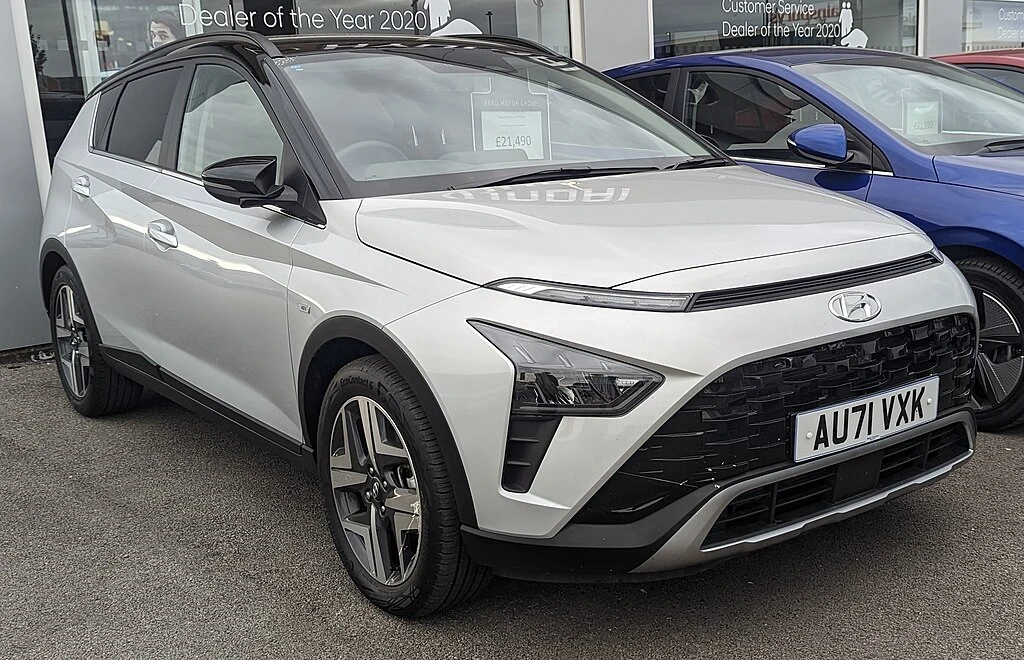
Hyundai Bayon Engines
Petrol
- 1.2 MPi G4LF of 79 or 84 horsepower - The only reason that would push me towards the 1.0 T-GDi is the automatic transmission and maybe the level of equipment, because the 1.2 is the basic version and did not receive the automatic transmission and some optional equipment that I am not convinced that you need anyway. But if you need a strictly city engine and for an occasional ride, 79 or 84 horsepower will be enough for you. Because you sacrifice performance and have a slightly higher fuel consumption, but you have the reliability of a 4-cylinder naturally aspirated engine.
- 1.0 Turbo T-GDi G3LE and G3LF of 100 and 120 horsepower - If the naturally aspirated gasoline engine is the kind of engine that you can change the oil whenever you remember, with this engine you have to be careful and stick to the service intervals, so that it is ok and on schedule. Especially because this engine is sensitive to heat and can get hot like the atmosphere at Jersey Shore. Yes, there is also the mild-hybrid version but it is put there to meet the standards and has no real impact
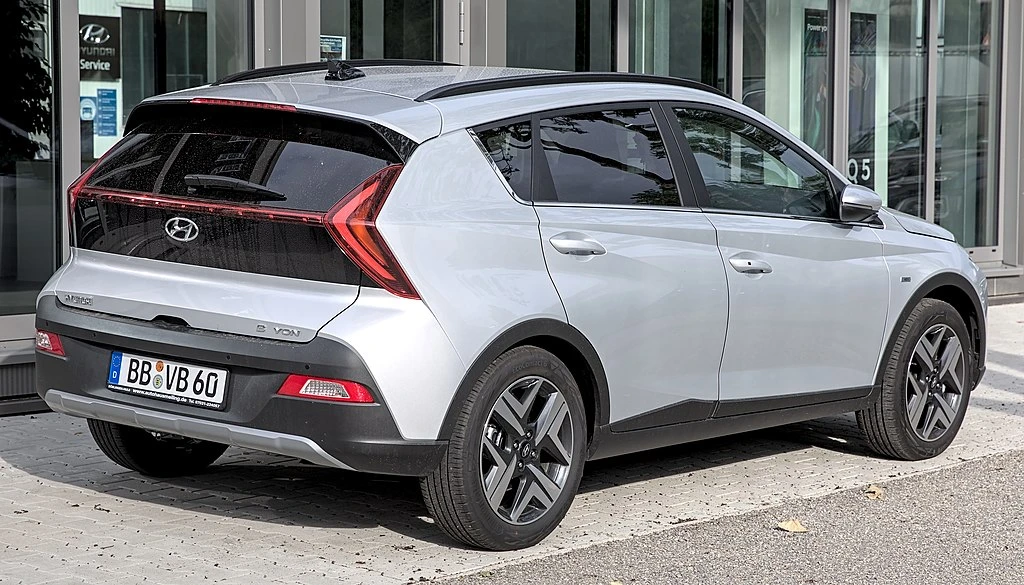
Hyundai Bayon Reliability Issues
- The DCT automatic transmission in the city is like a kebab soup. It looks good, it does the job, but at what price? Dual clutch automatic transmissions are generally a bad idea for city traffic so I wouldn't bother with a DCT transmission on the Bayon. If you absolutely want an automatic, buy a Sandero Stepway or a Yaris, with CVT transmissions.
- You'll be absolutely shocked, but it's not the most practical car possible.
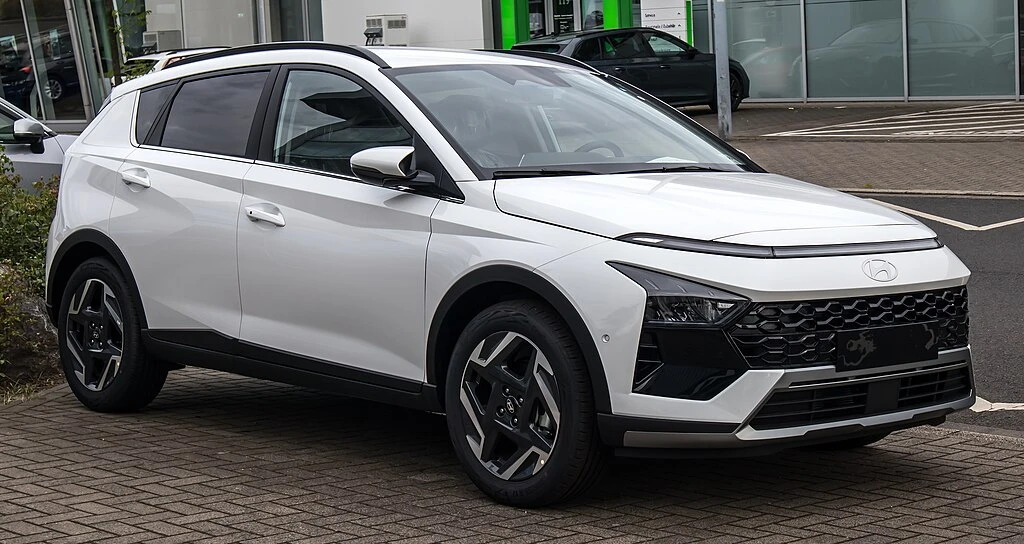
Hyundai Bayon Verdict
If you want a new city car, you have better options. If you want a used city car, you also have better options. And when is it the best option? The only time I would recommend the Bayon is when you want a new, relatively cheap city car with a 4-cylinder naturally aspirated engine because it is very likely to be the last of the Mohicans. And in this combination, you can easily keep this car for 10-15 years, because it is one of the last old-fashioned cars, mechanically speaking. And maybe that is what you want, a technologically outdated car but that is a good thing, because it will withstand the chaos of the city for a long time.
Which engines do I recommend? Honestly, for what the Bayon is designed to do, I would go for the 4-cylinder naturally aspirated engine with either 79 or 84 horsepower.
Similar Articles
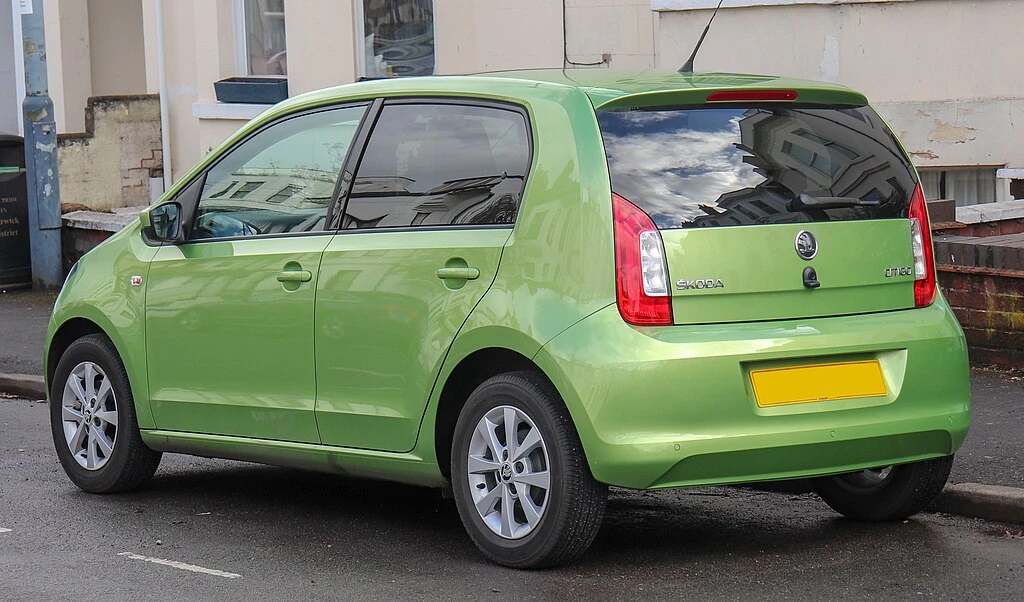
Review : Skoda CitiGO ( 2011 - 2020 )
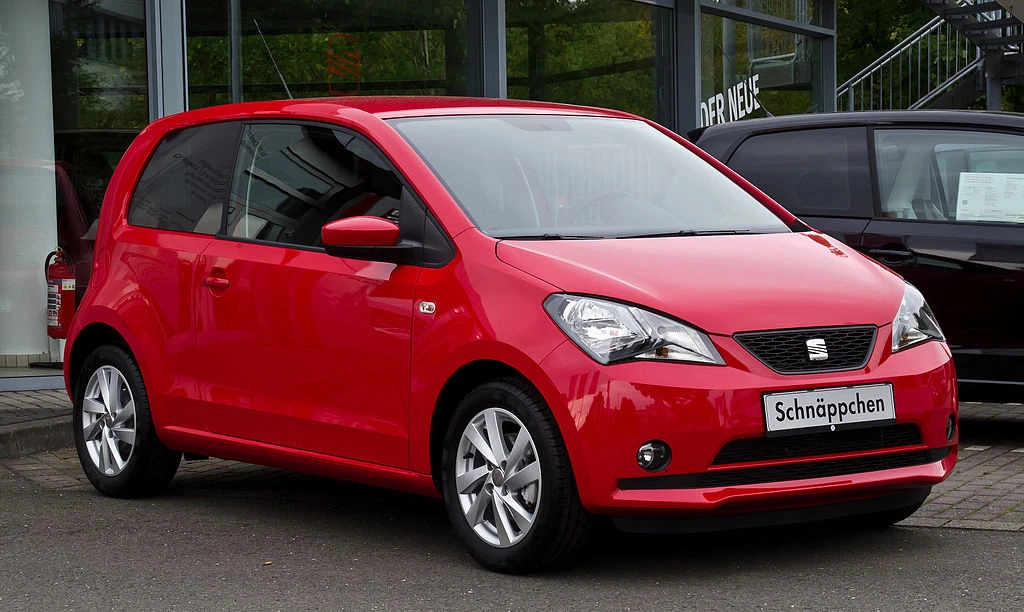
Review : Seat Mii ( 2011 - 2020 )
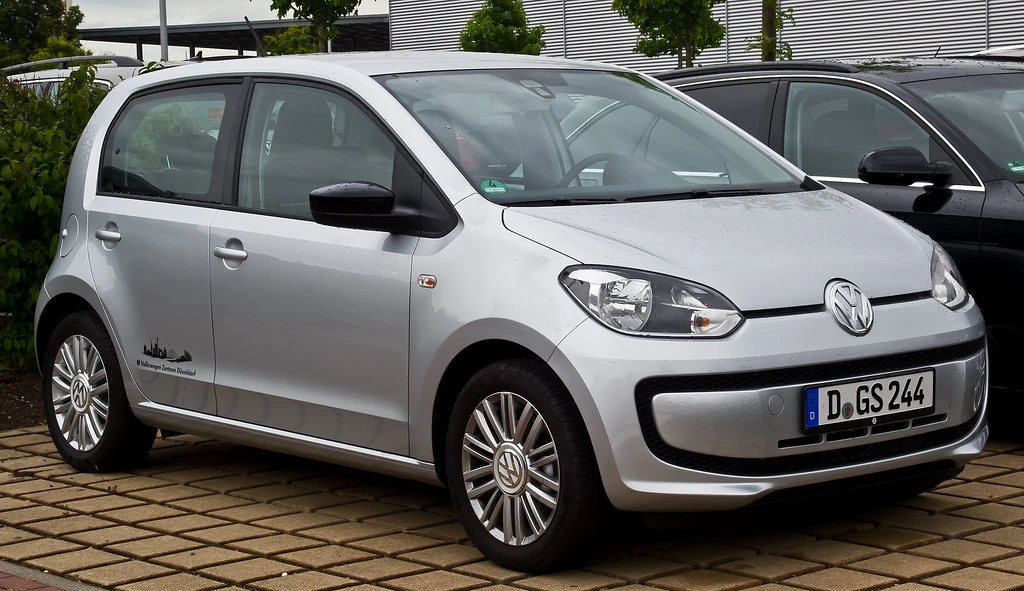
Review : VW Up! ( 2011 - 2023 )
Write an answer
- Review : Skoda CitiGO ( 2011 - 2020 ) 02 August 2025
- Review : Seat Mii ( 2011 - 2020 ) 02 August 2025
- Review : VW Up! ( 2011 - 2023 ) 16 July 2025
- November 2025
- October 2025
- August 2025
- July 2025
- April 2025
- March 2025
- February 2025
- January 2025
- December 2024
- November 2024
- October 2024
- August 2024
- July 2024
- June 2024
- May 2024
- April 2024
- March 2024
- February 2024
- January 2024
- December 2023
- November 2023
- October 2023
- September 2023
- August 2023
- July 2023
- June 2023
- May 2023
- April 2023
- March 2023
- February 2023
- January 2023
- December 2022
- November 2022
- October 2022
- September 2022
- August 2022
- July 2022
- June 2022
- May 2022
- March 2022
- April 2021
- January 2021
- December 2020
- November 2020
- October 2020
- September 2020
- August 2020
- July 2020
- March 2020
Nu imi place Hyundai !